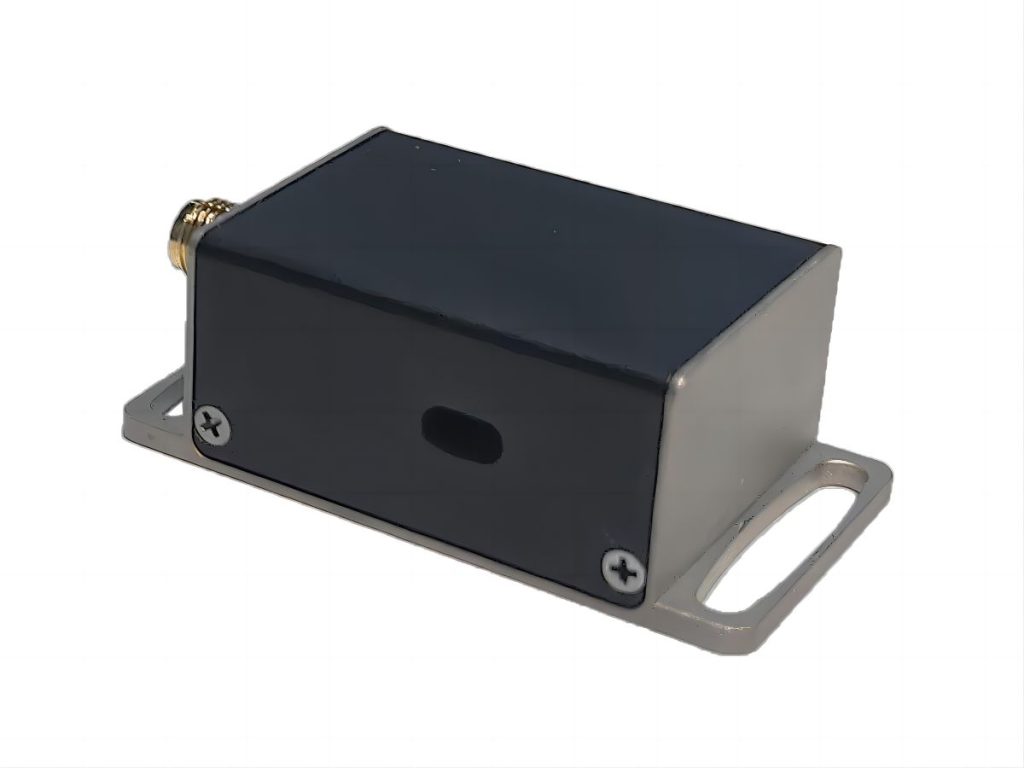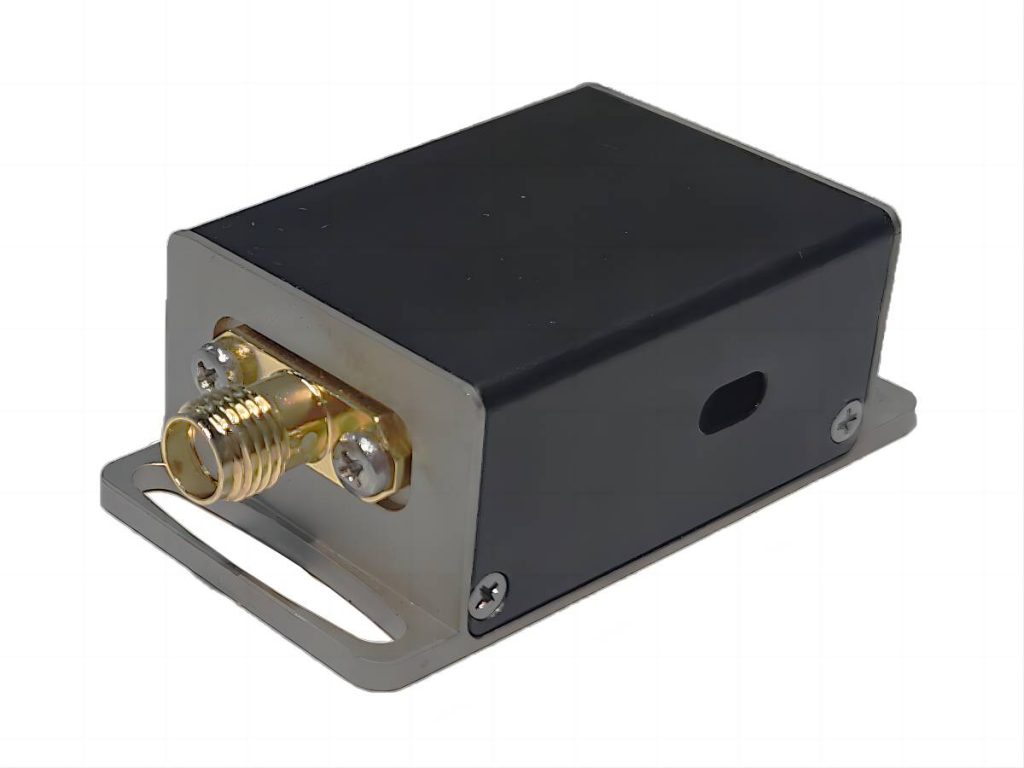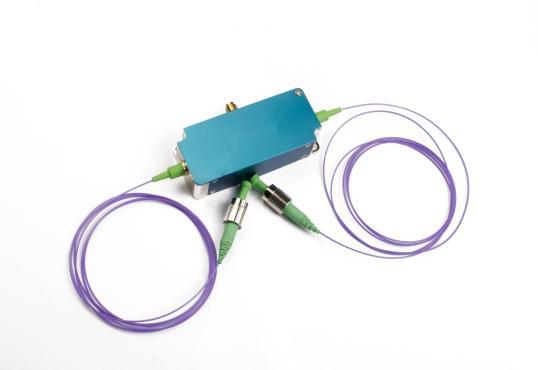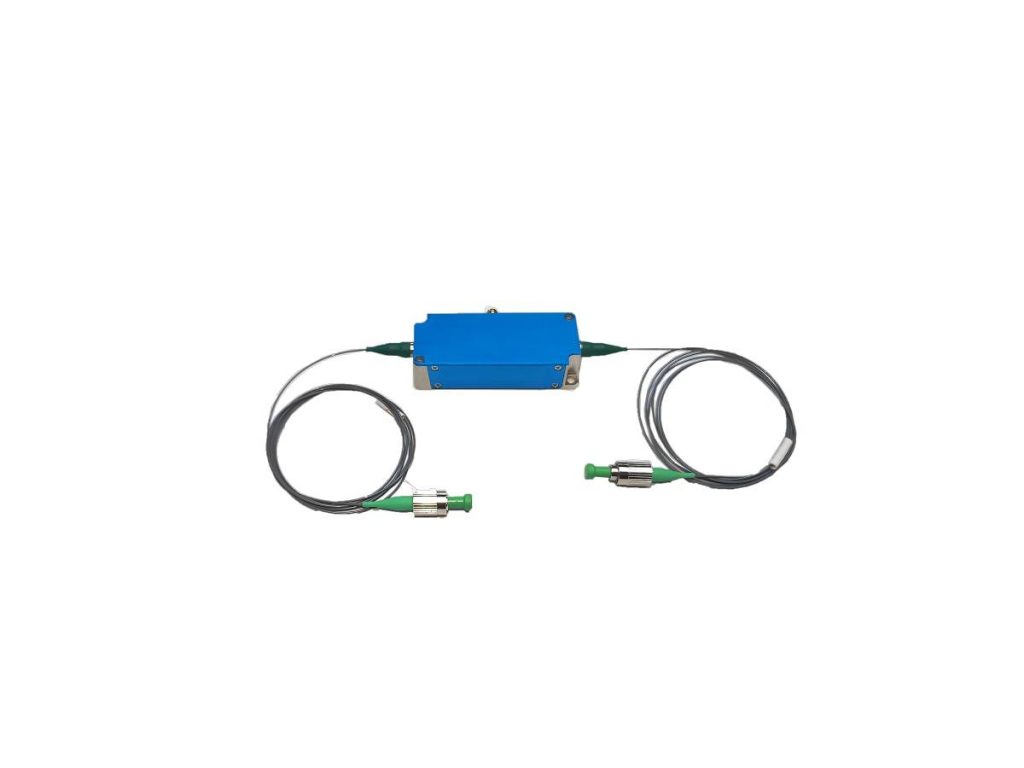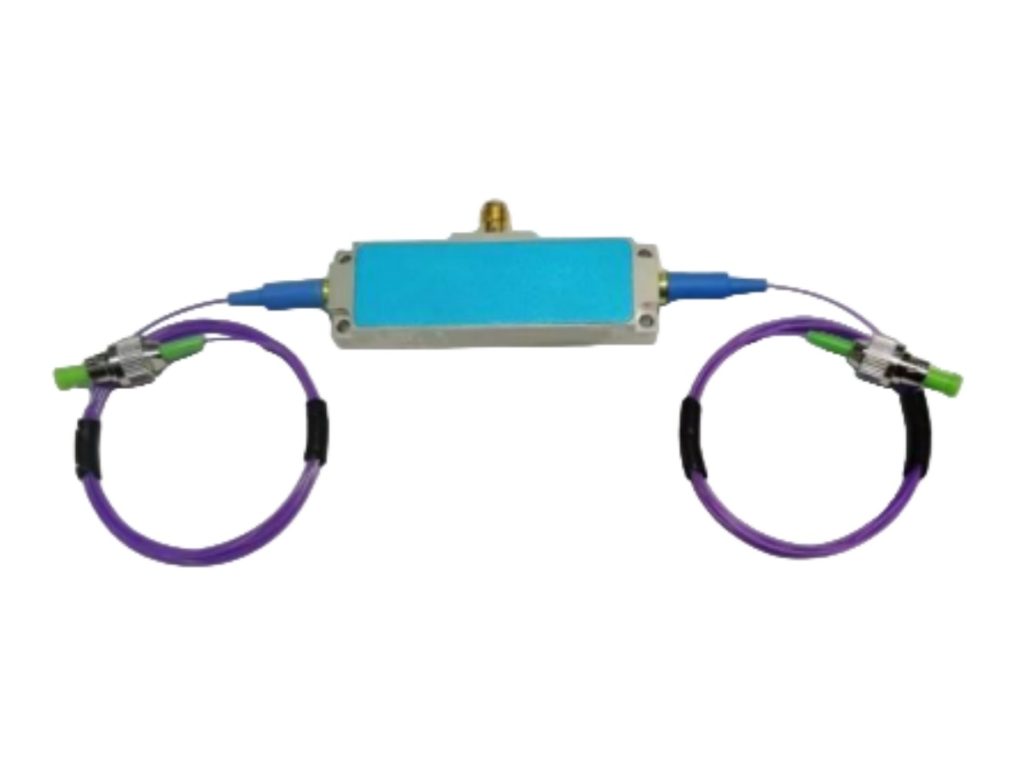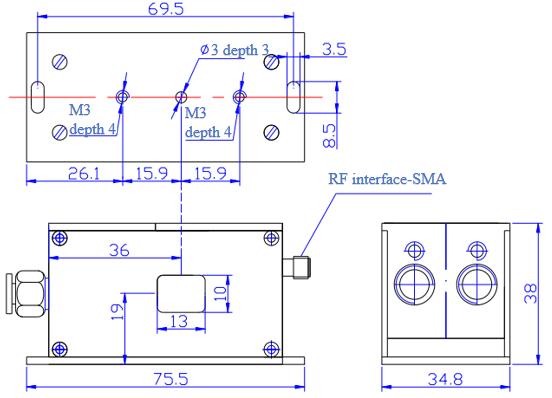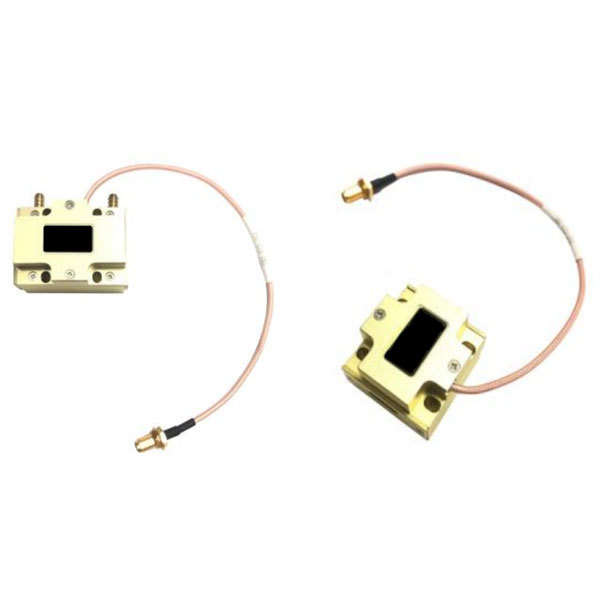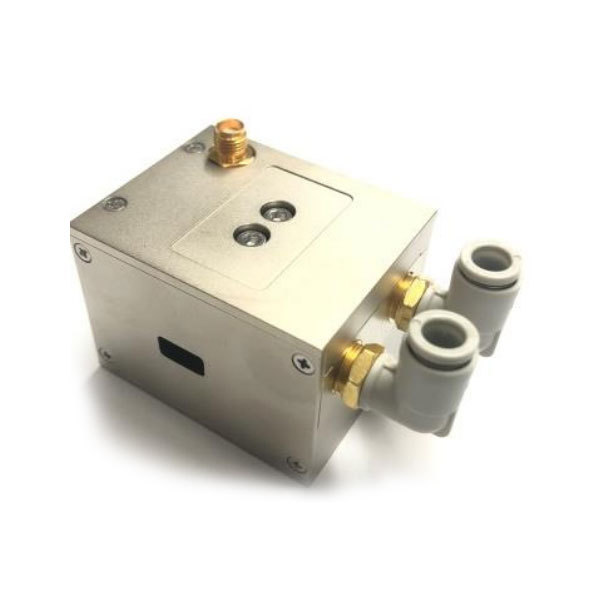A Comparative Analysis of Acousto-Optic Q-Switches and FAOMs
Acousto-optic Q-switches and fiber acousto-optic modulators are key components in modern laser systems. Both devices utilize the interaction between sound and light to control laser properties. Acousto-optic Q-switches generate short, high-energy laser pulses by rapidly varying the quality factor of a laser cavity. Fiber acousto-optic modulators directly modulate light within an optical fiber, enabling applications like intensity modulation and frequency shifting.
While both devices share a common principle, they differ in their specific implementations and applications. Acousto-optic Q-switches are primarily used for pulse generation, while fiber acousto-optic modulators find broader applications in optical communications and signal processing. Understanding their strengths and limitations is crucial for optimizing laser system performance. This paper will delve into a comparative analysis to explore their similarities, differences, and key factors influencing their selection.
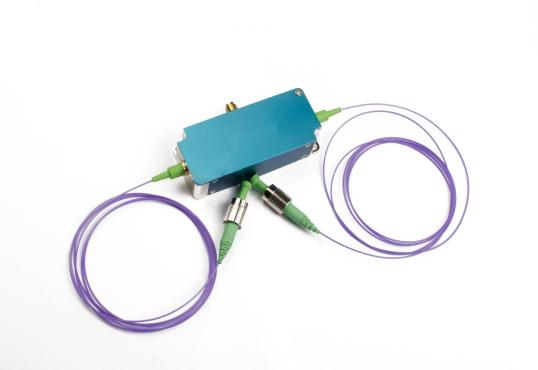
Comparison of Acousto-Optic Q-Switches and Fiber Acousto-Optic Modulators
| Features | Acousto-Optic Q-Switch | Fiber Acousto-Optic Modulator | |
| Similarities | Physical Principle | Based on acousto-optic interaction | Based on acousto-optic interaction |
| Function | Modulates optical signals | Modulates optical signals | |
| Differences | Structure | Typically uses bulk acoustic wave devices | Based on optical fiber |
| Applications | Primarily used for generating laser pulses | Wider range of applications, including optical communications and optical switching | |
| Relationship | Fiber acousto-optic modulators can be used as a new type of acousto-optic Q-switch for generating high-quality laser pulses. | Technology from acousto-optic Q-switches can provide reference for the design of fiber acousto-optic modulators. | |
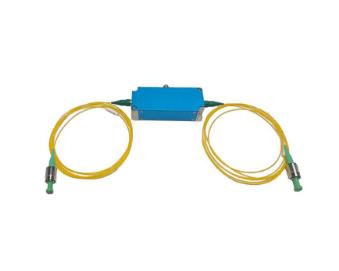
Applications of Acousto-Optic Q-Switches and Fiber Acousto-Optic Modulators in Laser Systems
Acousto-optic Q-switches and fiber acousto-optic modulators have found extensive applications in various laser systems, each offering unique advantages for specific tasks. Acousto-optic Q-switches have proven invaluable in fields such as:
- LiDAR: The ability to generate high-energy, short-duration pulses is essential for accurate rangefinding and 3D imaging.
- Material processing: These devices enable precise control over laser beam parameters, making them suitable for cutting, drilling, and welding applications.
- Medical applications: The ability to generate tailored laser pulses is crucial for various medical procedures, including laser surgery and ophthalmology.
- Fiber acousto-optic modulators have revolutionized several technological areas, including:
- Optical communications: Their ability to modulate optical signals at high speeds makes them essential for high-speed data transmission.
- Fiber optic sensing: Fiber acousto-optic modulators can be used to create highly sensitive sensors for measuring physical parameters such as temperature, strain, and pressure.
- Optical switching: They enable rapid switching between different optical paths, making them suitable for applications in optical networks and routing.
Comparing the Advantages and Disadvantages
While both devices share the common principle of acousto-optic interaction, their specific characteristics make them more suitable for certain applications than others.
- Acousto-optic Q-switches offer high peak power, fast switching speeds, and excellent beam quality. However, they may be limited in terms of modulation bandwidth and can be relatively bulky.
- Fiber acousto-optic modulators provide compact integration, low insertion loss, and broad bandwidth. However, they may have lower peak power handling capabilities compared to bulk acousto-optic devices.
The choice between an acousto-optic Q-switch and a fiber acousto-optic modulator often depends on the specific requirements of the application, such as the desired pulse energy, modulation speed, and system complexity. By carefully considering the trade-offs between these devices, researchers and engineers can select the most appropriate technology for their laser system.
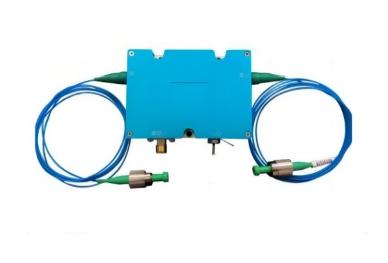
What Are the Advantages of Using a FAOM as a Q-Switch?
- Compactness and Integration: FAOMs are inherently compact due to their fiber-based design. This allows for easier integration into various optical systems, reducing overall system size and complexity.
- High Speed Modulation: FAOMs can achieve extremely high modulation speeds, enabling the generation of ultra-short laser pulses. This is crucial for many applications that require fast switching times.
- Low Loss: Fiber-based FAOMs typically exhibit low insertion loss, minimizing optical power loss within the system. This is particularly beneficial for applications where high optical power is required.
- Broad Bandwidth: FAOMs can operate over a wide range of wavelengths, making them suitable for a variety of laser sources. This versatility is advantageous for multi-wavelength systems.
- Versatility: Beyond Q-switching, FAOMs can be used for other functions such as frequency shifting and optical switching, making them versatile components in optical systems.
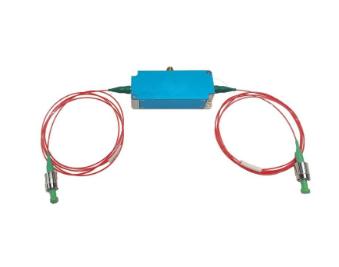
Balancing Act: Acousto-Optic Q-Switches vs. FAOMs
Acousto-optic Q-switches excel in generating high-energy, short-duration pulses, making them suitable for applications like LiDAR and material processing. On the other hand, FAOMs offer compact integration, high-speed modulation, and low loss, making them ideal for optical communications, fiber optic sensing, and optical switching. Knowing the strengths and limitations of both devices, you can make informed decisions when designing and implementing laser systems. Smart Sci & Tech will give you more information about Acousto-optic Q-switches or FAOMs. As technology continues to advance, we can anticipate further innovations in acousto-optic devices, leading to even more sophisticated and powerful laser systems.

